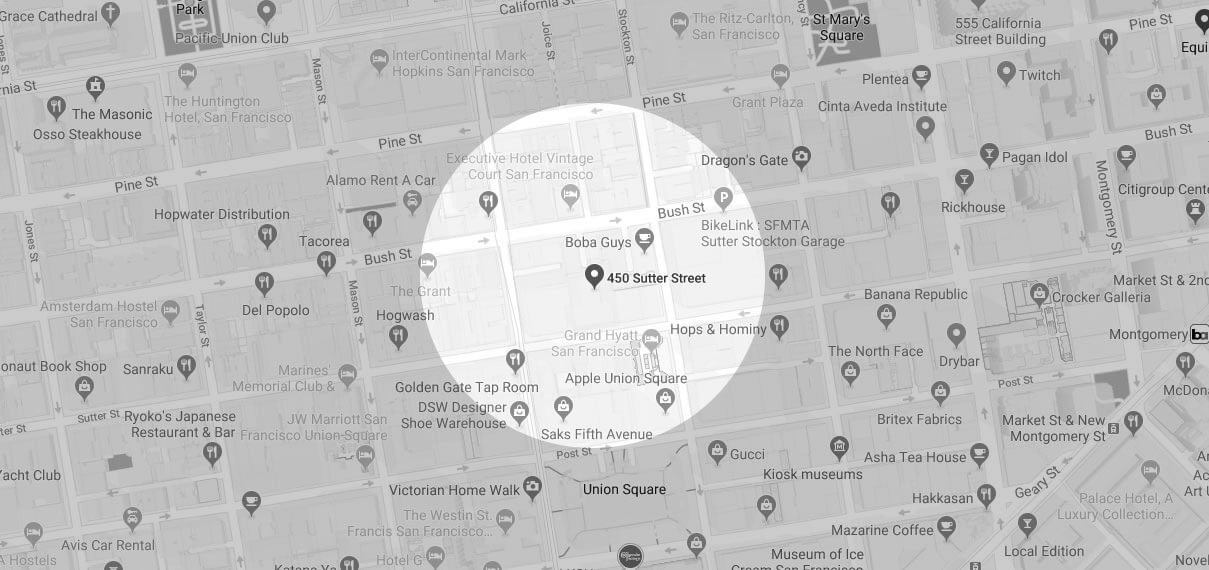Invisalign: 11 Aftercare Tips
April 1st, 2024
By Dr. Maria B Rodriguez, My Dentist San Francisco
As an experienced dentist at My Dentist San Francisco, I have seen the remarkable transformations that Invisalign can bring. However, the true success of this orthodontic treatment lies not just in the fitting of the aligners but in the diligent aftercare that follows. In this comprehensive guide, I will share 11 essential aftercare tips, drawn from my professional experience, to ensure your Invisalign journey is as effective and comfortable as possible.

1. Diligent Oral Hygiene
Good oral hygiene is paramount during Invisalign treatment. The aligners, while effective in straightening teeth, can trap food particles and bacteria against the teeth. Therefore, brushing and flossing after every meal is essential to prevent plaque buildup and tooth decay.
Using the right tools is crucial. I recommend a soft-bristled toothbrush and a fluoride toothpaste to gently yet effectively clean the teeth. Flossing, too, plays a critical role. It removes debris from between the teeth and along the gum line, areas where your brush might not reach.
Moreover, consider using an antimicrobial mouthwash to reduce bacterial growth and maintain a healthy oral environment. This step is often overlooked but can significantly contribute to the overall health of your teeth and gums during treatment.
2. Aligner Maintenance
Your aligners require as much care as your teeth. Cleaning them should be a part of your daily oral hygiene routine. Use a soft toothbrush and non-abrasive soap to gently clean the aligners. Avoid using hot water as it can warp the plastic.
It's also important to regularly check your aligners for any signs of wear or damage. If you notice cracks or if they become distorted, consult your dentist immediately. Damaged aligners can impede the progress of your treatment.
When not in use, store your aligners in their case. This not only protects them from damage and contamination but also helps in maintaining their shape and effectiveness.
3. Mindful Eating Habits
While Invisalign allows you to eat without restrictions, it's important to be mindful of your eating habits. Hard, sticky, or sugary foods can damage your teeth and aligners. I advise removing your aligners during meals to avoid any potential harm.
After eating, it's crucial to brush your teeth before reinserting your aligners. This prevents trapping food particles and bacteria, which can lead to tooth decay and gum disease. If brushing isn’t possible immediately, rinse your mouth thoroughly with water.
Staying hydrated is also important. Drinking plenty of water helps wash away food particles and bacteria. It also keeps your mouth moist, reducing the risk of dry mouth, which can accelerate tooth decay.
4. Regular Dental Visits
Regular visits to your dentist are crucial for monitoring your Invisalign treatment's progress. These appointments allow for adjustments to be made if necessary, ensuring the treatment is on track.
During these visits, share any concerns or issues you're experiencing. As your dentist, I can provide tailored advice and solutions to ensure your treatment is comfortable and effective.
Professional cleanings, typically done every six months, are vital during Invisalign treatment. They help maintain oral health and prevent issues that could impede the success of your treatment.
5. Dealing with Discomfort
Some discomfort is normal when you first start using Invisalign. This typically subsides as your mouth adjusts. Over-the-counter pain relievers can be used if necessary, following the recommended dosage.
If your aligners have sharp edges causing irritation, contact your dental provider. They can adjust the aligners for a more comfortable fit. Avoid attempting to modify them yourself, as this can compromise the treatment.
Tooth sensitivity may occur during treatment. Using toothpaste designed for sensitive teeth can help alleviate this. Avoid extremely hot or cold foods and drinks if sensitivity is an issue.
6. Wearing Aligners as Prescribed
It is crucial to wear your aligners as prescribed, typically for 20-22 hours a day. This consistent wear is essential for the aligners to effectively reposition your teeth.
Each set of aligners is designed to be worn for a specific period, usually about two weeks, before moving to the next set. It’s important to follow this schedule closely to keep your treatment on track.
When you’re not wearing your aligners, always store them in their case to prevent loss or damage. This discipline in wearing and caring for your aligners greatly influences the success of your treatment.
7. Avoiding Harmful Habits
Certain habits can be detrimental to your Invisalign treatment. Smoking, chewing gum, or biting your nails while wearing aligners can damage them and hinder your treatment progress.
It's also important to avoid using your teeth as tools to open packages or bottles. This can cause unnecessary stress on your teeth and aligners, potentially leading to damage.
Being mindful of grinding or clenching your teeth is also important. If you notice these habits, discuss them with your dentist. They may recommend strategies or additional appliances to protect your teeth and aligners.
8. Adjusting to Speech Changes
It's common to experience temporary changes in speech, such as a slight lisp, when you first start wearing Invisalign. This typically improves as you become accustomed to the aligners.
Practicing speaking with the aligners in can help your mouth adjust more quickly. Reading out loud or engaging in regular conversation can expedite this adjustment period.
If speech difficulties persist, consult with your dentist. In some cases, minor adjustments to the aligners can be made to improve comfort and speech clarity.
9. Responding to Emergencies
In case of an emergency, such as a broken aligner or sudden discomfort, contact your dentist immediately. Prompt attention to these issues is crucial to prevent any disruption in your treatment plan.
Carrying a spare set of aligners can be helpful if you travel frequently or are prone to misplacing things. This ensures that your treatment can continue uninterrupted until you can visit your dentist.
Always keep your dentist's contact information handy. Knowing you have quick access to professional advice can provide peace of mind during unexpected situations.
10. Utilizing Retention Strategies Post-Treatment
After completing your Invisalign treatment in San Francisco, retention is key to maintaining your new smile. This typically involves wearing a retainer as prescribed by your dentist.
The type and duration of retainer wear will vary depending on your specific treatment plan. It’s important to follow these guidelines closely to prevent your teeth from shifting back to their original position.
Discuss with your dentist the best retention strategy for you. This conversation should include how to care for your retainer, how often it needs to be worn, and for how long.
11. Embracing and Maintaining Your New Smile
The end of your Invisalign treatment is just the beginning of enjoying your new smile. It’s important to continue practicing good oral hygiene and visiting your dentist regularly.
Stay committed to the habits you developed during your treatment. This includes diligent brushing and flossing, wearing your retainer as prescribed, and avoiding harmful habits.
Celebrate your new smile and the journey you’ve undertaken to achieve it. Remember, a beautiful smile is a reflection of good oral health and the care you put into maintaining it.
Finally, as a dentist committed to providing comprehensive care, I assure you that following these 11 aftercare tips will maximize the effectiveness of your Invisalign treatment. Each step is integral to ensuring the health and longevity of your new smile. Remember, the journey to a perfect smile doesn’t end with the last aligner; it’s a continuous commitment to oral health and well-being.









